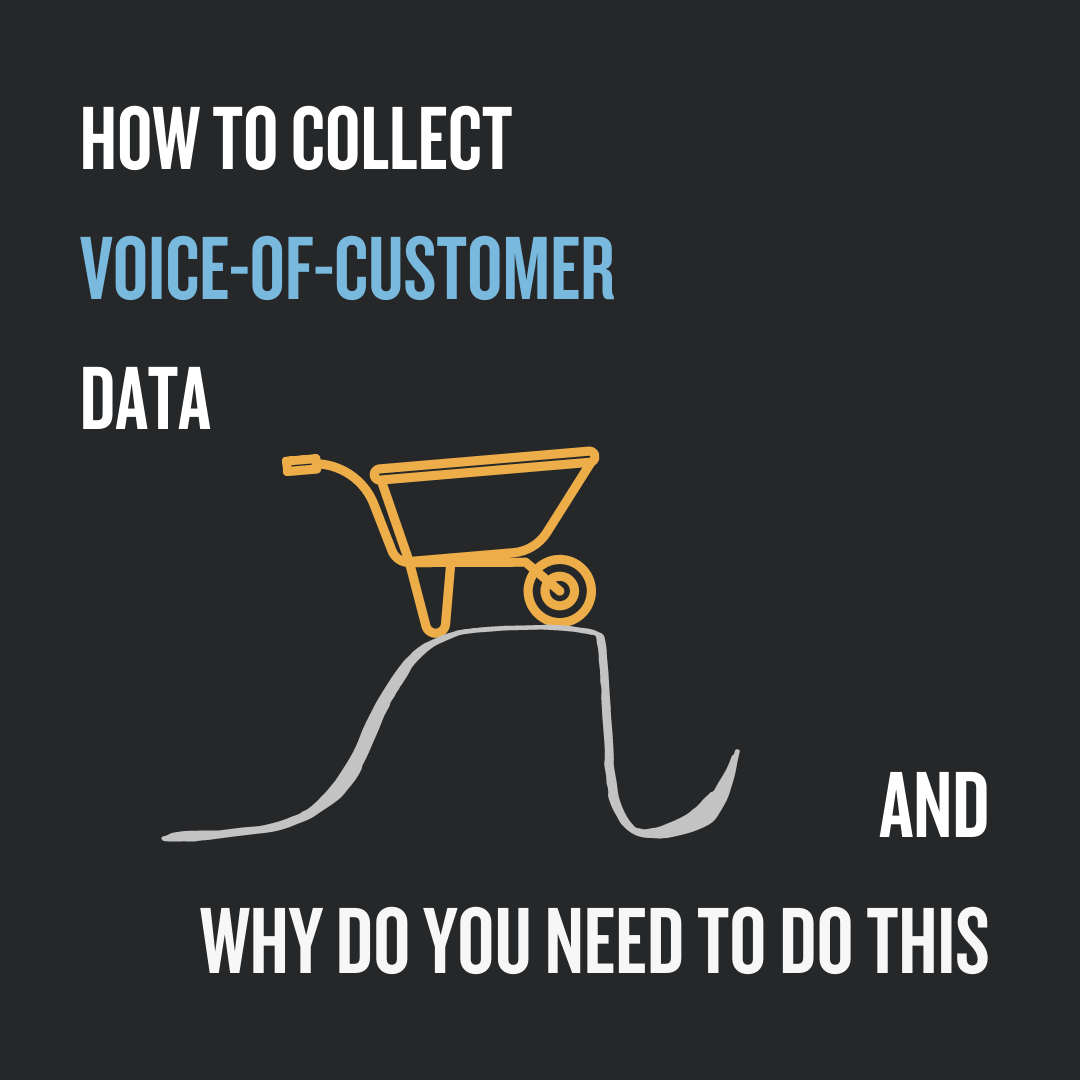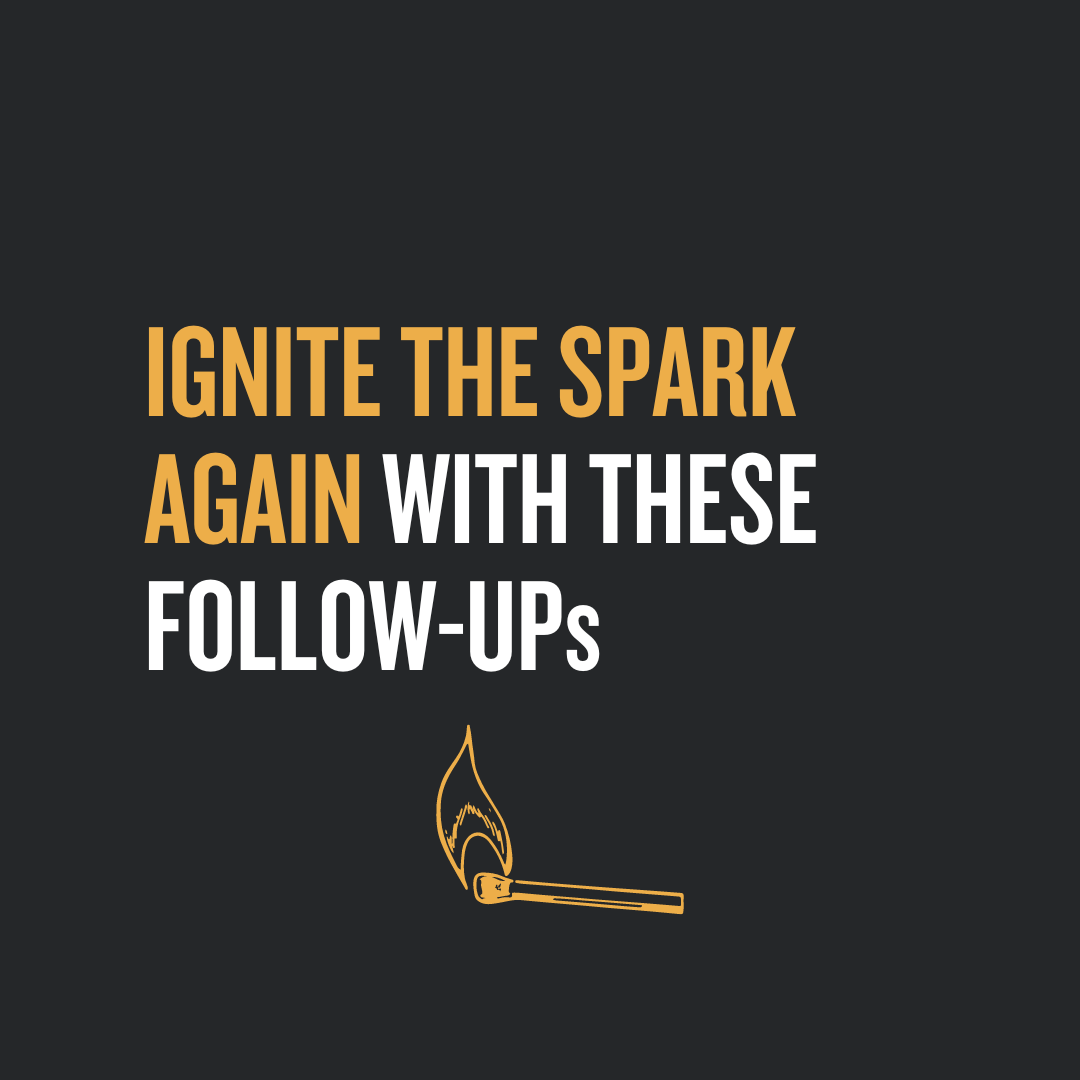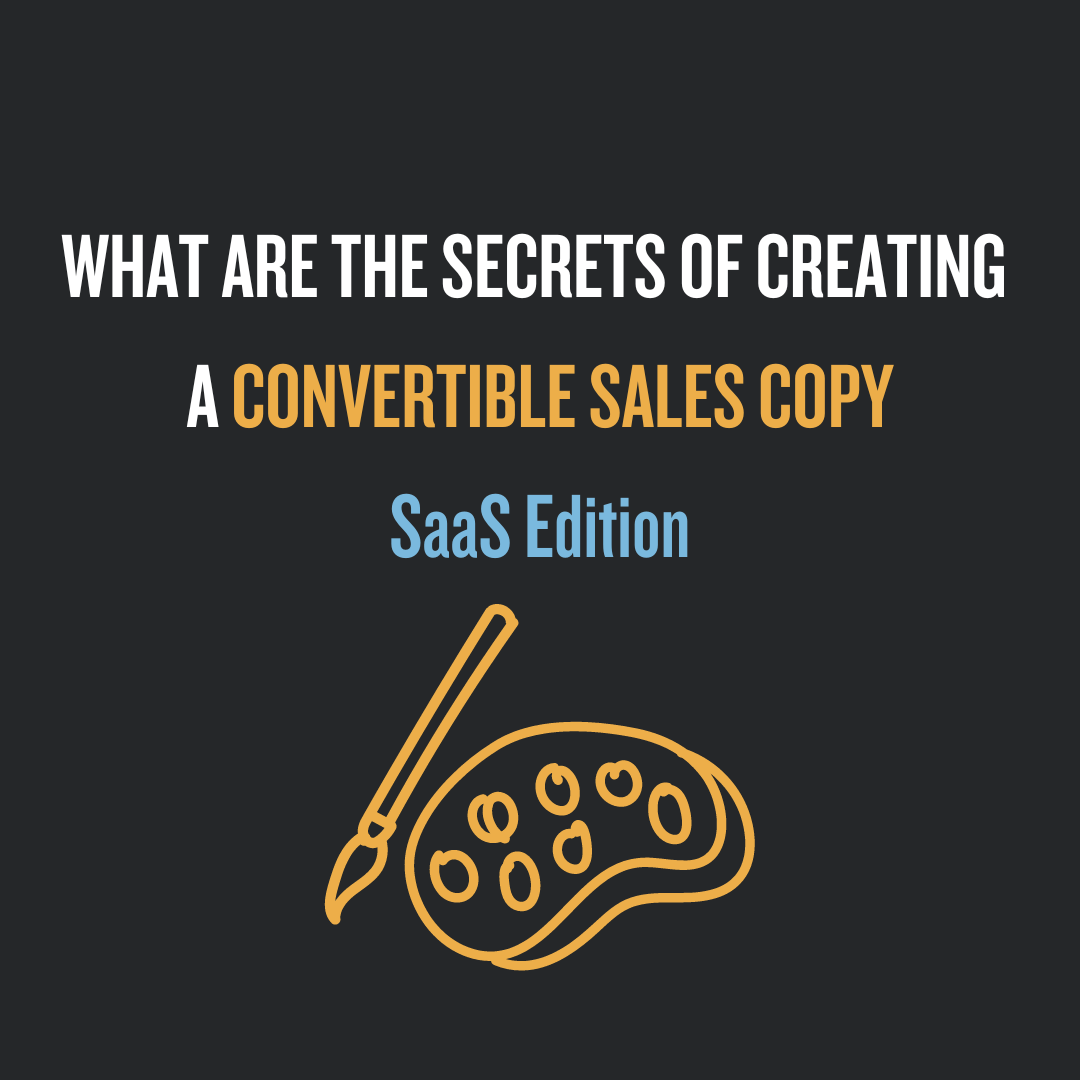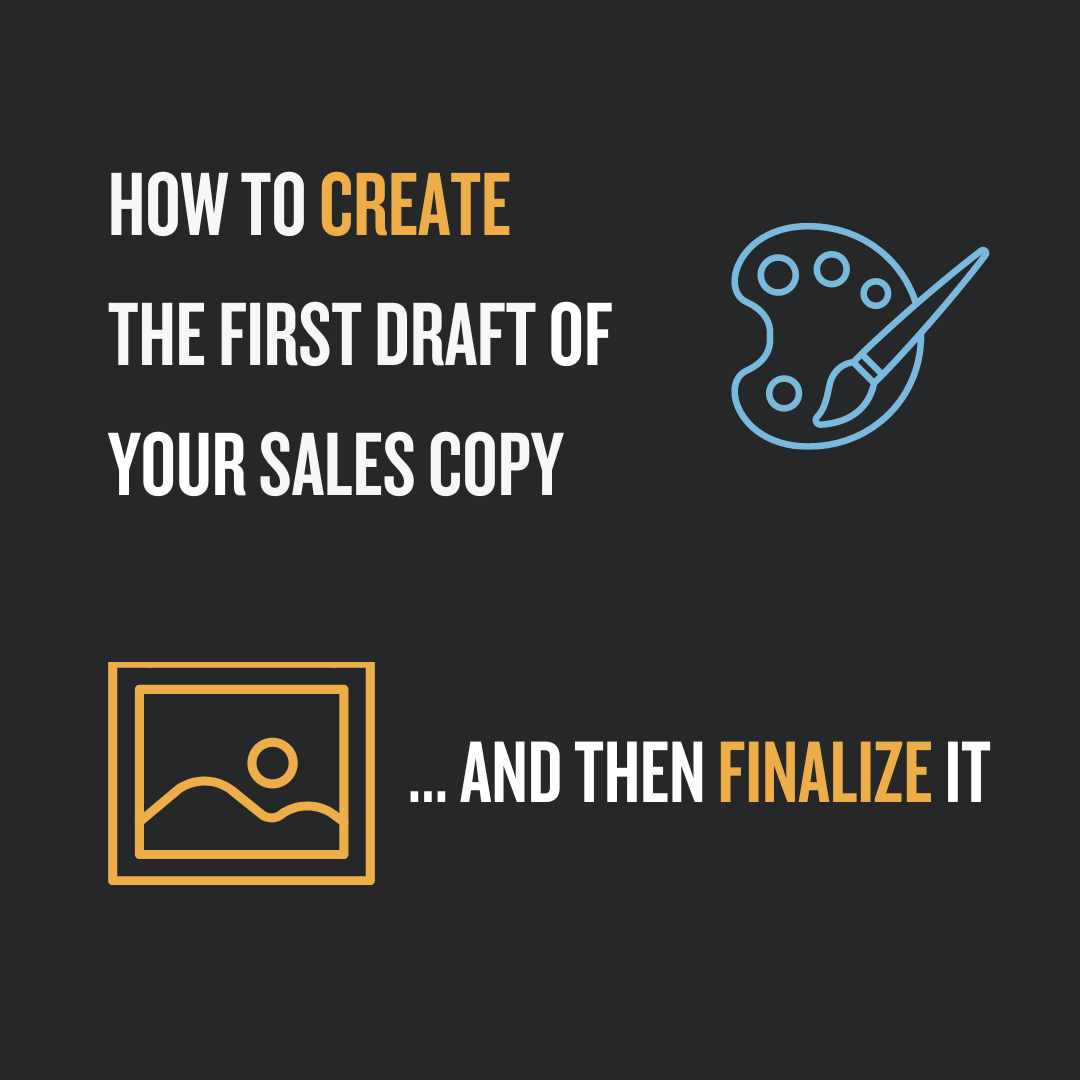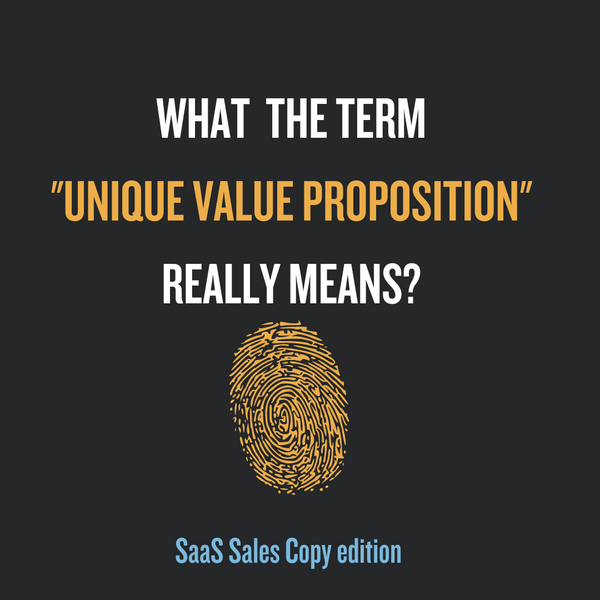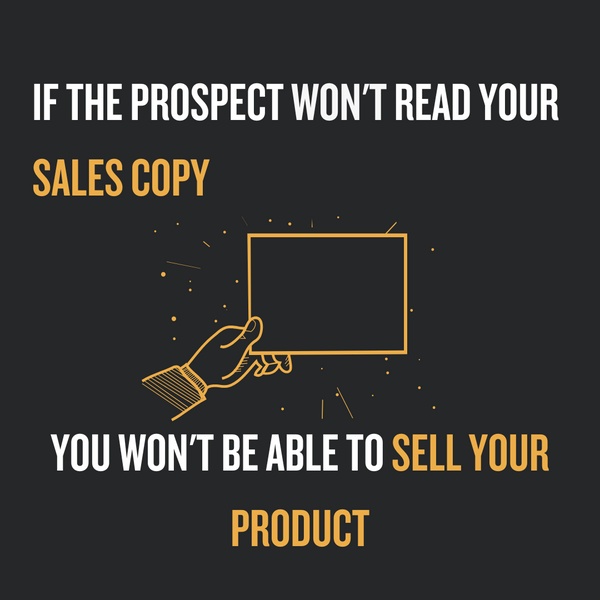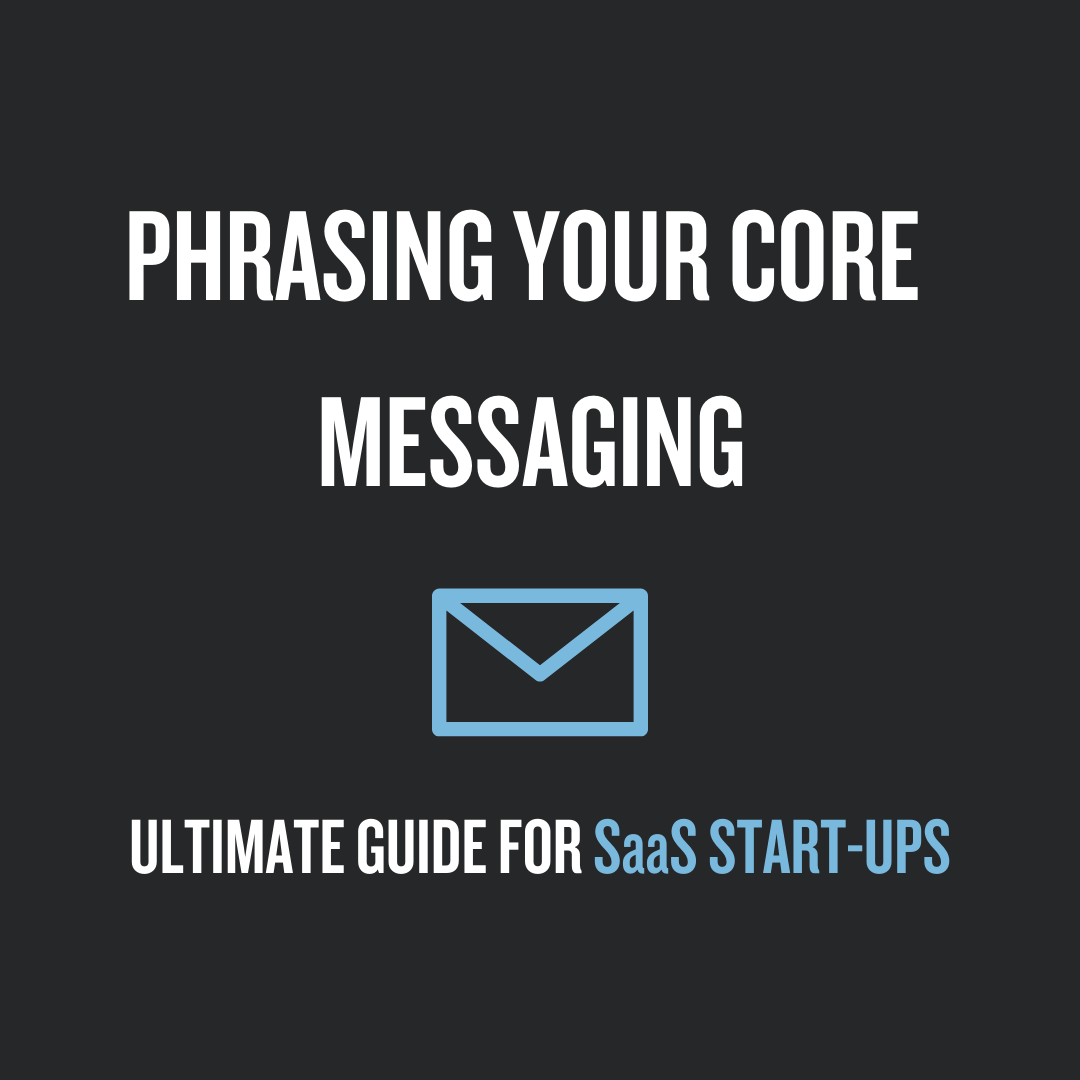This is the second article in the series. Here is a quick overview of the topics covered in each article:
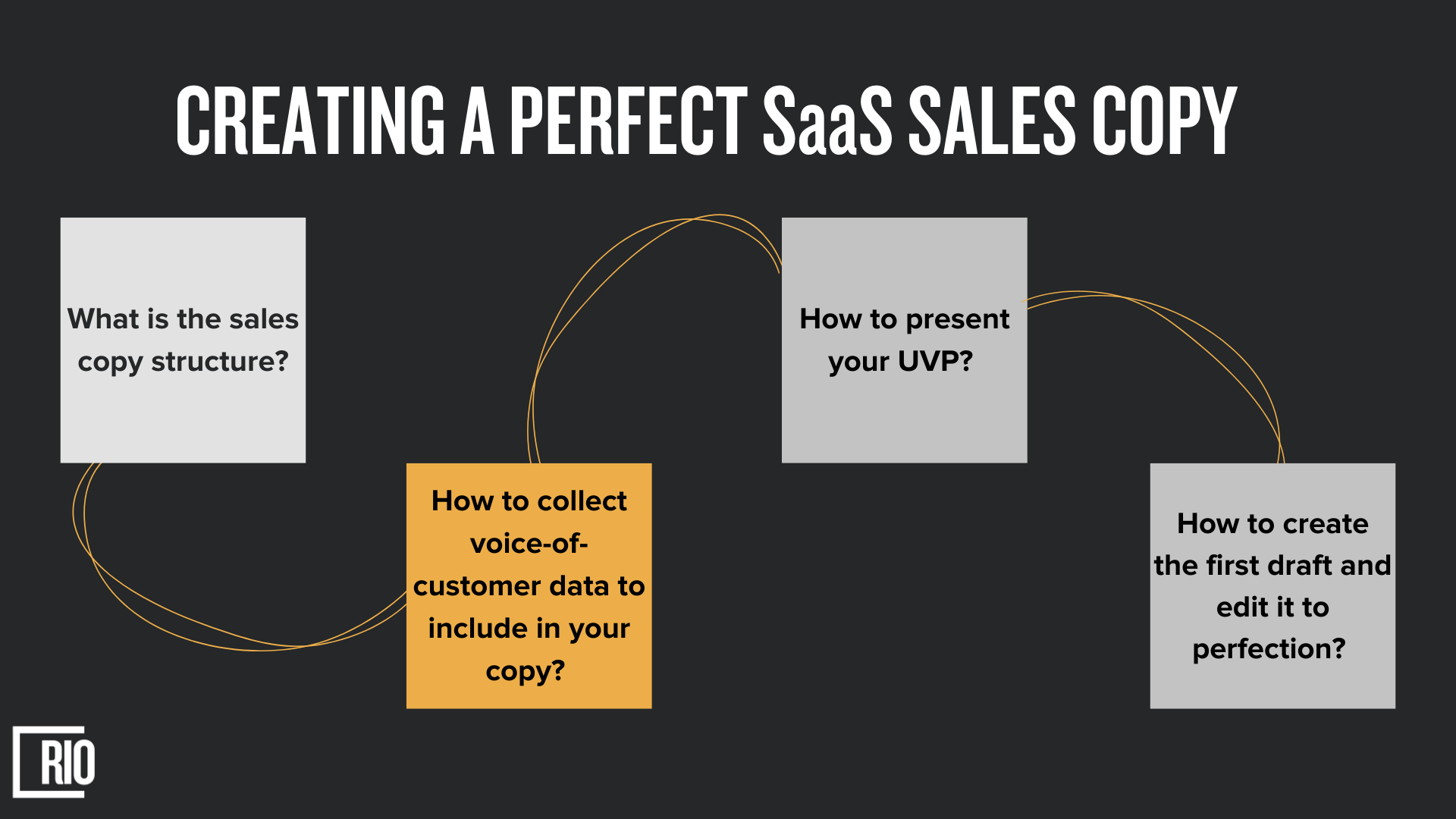
Here is the thought: your sales copy should always be relevant because only then your prospect would even want to contact you or execute the call to action. But what if everyone's relevance is subjective and you cannot even guess the exact problems they are having?
In this article, I'll talk about how to hit your customer’s exact pain points in your sales copy to make your solution relevant and needed.
Don't worry, you don't need to go on a psychic quest or tarot readings to find out the customer's pain. You can figure it out by online message mining and collecting voice-of-the-customer data from your own prospects.
Worksheets are available to download later below.
What is message mining and why do you need it?
To be frank, message mining is essentially an eavesdropping technique that helps you craft messaging in the voice of your customer.
When it comes to convertible sales copy your message needs to be relevant, strong, and very well-targeted. And you can create such a copy with the help of message mining: by simply googling and checking out the reviews that your potential customers have already left on your competitor's solution.
One of the key points of your message is customer pains and anxiety. It’s always a tricky challenge to find the exact and relevant pain that your prospect might experience.
And here message mining comes in handy.
Why do you need to guess customers’ pain and fears if they already told you in their reviews? They already covered what helped them & what didn’t, and prospect’s already written what they wanted & what they didn’t want in their solution. And, most importantly, they told you this in their own unique words that apply to your target market.
You can take their bare words and simply paste them into your message. This eavesdropping technique will help you to craft a well-targeted message that your prospects will be able to relate to. They will feel understood and your product will go up in their mental ranks.
So, don’t waste your time reinventing and overanalyzing your prospect’s motivations, values, and fears - just look at what they are telling you.
If you want to learn more about how this knowledge of customer value and motivation affects your copy - feel free to check out my previous article in this series. But for now, let's move into action.
How to message mine with ease?
While this process is very easy, you need to be strategic about it. You don’t want to get some random information from some random site that hardly applies to your product, your target market, and your industry in general. So, here I offer to follow a simple 5-step process of message eavesdropping:
Step 1: Gather your keywords.
What is relevant in your industry and specifically in your solution? Which words do your competitors use? Analyze this information and create a thorough list, that will help you to filter information in the next step.
Step 2: Start googling.
Follow this pattern:
Your keyword + reviews/ Your keyword + forums, discussions/ Your keyword + complaints etc.
This will bring you to a large amount of information that will be at least somewhat related to your solution.
Step 3: Check popular discussion sites + social media
It can be anything like Quora, Reddit, Saleshacker, and more. Usually, there you’ll be able to find the most relevant information and apply it to your messaging.
Also, it can be any discussion group on Facebook, private blogs on Linkedin, or even comments on Instagram/ YouTube - basically any platform that allows you to see your customers’ thoughts, complaints, and desires.
But be aware of fake reviews - some companies will write them themselves just for the sake of looking good for marketing.
Step 4: Start spreadsheets.
You need to track new information and effectively collect it somewhere. And what is a better way to do that than creating a spreadsheet?

Step 5: Categorize and rank your messages.
It always comes down to figuring out what is the most important question your prospects ask. What are their main concerns? Ranking and categorizing is the best way of filtering out your newfound information.
Once again, feel free to use my templates to optimize your filtering process.
The benefit of this whole process is that online message mining is a comfortable, non-invasive, and not bothersome process of collecting data. Not all of us are comfortable with conducting customer interviews and not all of us have had many clients to gather reviews from.
So, if you want to have quick and correct data - try online message mining.
Сollecting voice-of-the-customer data from your own prospects
Let’s start from the main point: collecting data from your own prospects is much trickier than online message mining. Yet, at the same time results can be so much more rewarding.
So, here we will start from the beginning and break down the ways you can collect data and craft an interview process with a high response rate.
Voice-of-the-customer research methods
When gathering messaging data from your prospect there are pretty much only two best methods for you to use:
1) Surveys and polls
The biggest crime you can do with surveys and polls is not to take them seriously. Well-crafted questions in surveys can bring you almost finished sales copy. So, spend your time and put thought into your surveys - this is a pretty rewarding method even if you receive a small number of responses.
But be aware that each segment of your prospects requires a different survey. In turn, they will reveal different aspects that will serve well in your sales copy. What do I mean by that?
For example, a visitor survey can easily reveal purchase prompts, pain points, and anxieties. And customer surveys are great for revealing unique benefits and desirable outcomes.
Bonus tip: Craft your surveys carefully including these 3 components:
Questions - for extracting key messages (motivation, anxiety, value);
Invitation - to get the recipient to pay attention and engage;
Targeting - to engage with a specific audience.
Before we move into the second method of research, let’s quickly cover the basics in which people tend to make mistakes while preparing a survey:
Survey for visitors:
- Use poll format or (softly appearing) modal boxes
- If possible, avoid mobile device-based audiences
- Avoid triggering the survey immediately upon site entrance
And survey for customers:
- Target PAYING customers (by email)
- Experiment with vague subject lines
- Avoid promotional email design (keep it simple: plain text and links)
- Make it a one-on-one dialogue, not a generic email from a company or team
And, most importantly, in both cases, it’s crucial to respect users’ time and explain why you’re asking them to go fill in this survey. Also, don’t use the words “survey” and “feedback” because we all hate them, me, you, and your prospects too.
2) 1 on 1 interview
Any 1 on 1 interview is great for bringing an emotional aspect to your copy. When online research and surveys can give you core information and build a direction of your copy, the phone interview (for example) can give this dry information more softness and emotionally compelling points.
In this kind of interview, you may hear something that you won’t ever read during any kind of research. So, for the sake of product story and narrative improvement - never forget about 1 on 1 interview.
I hope this information was useful for you, so don't hesitate to try it out!


